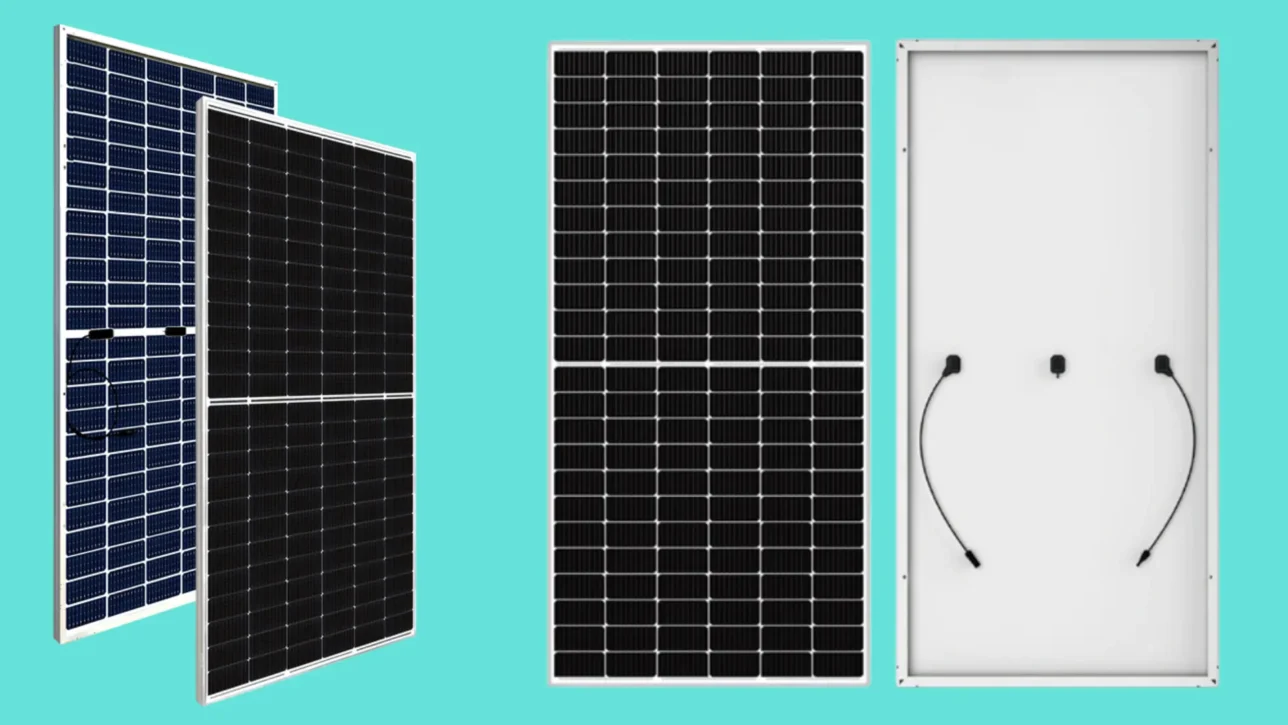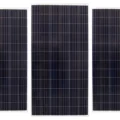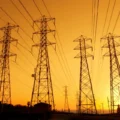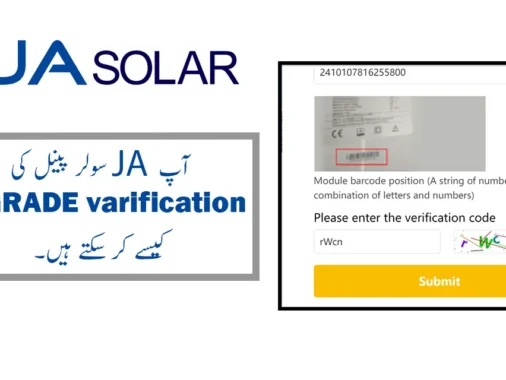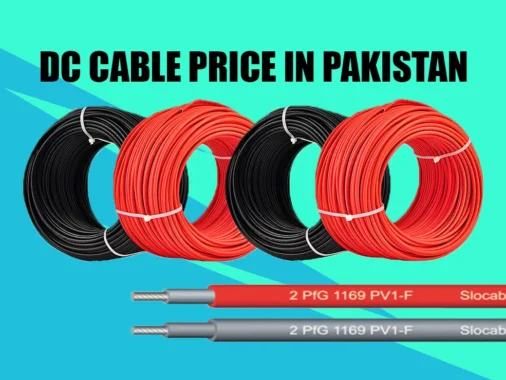When it comes to solar energy, the choice between bifacial and monofacial panels can have a significant impact on the performance and longevity of a solar power system. Understanding the differences between these two types of panels is essential for making an informed decision.
Comparison of Single and Double Glass Solar Panels
Understanding Monofacial Solar Panels:
Monofacial solar panels, also known as single glass solar panels, have been a staple in the solar energy industry for many years. These panels consist of a single layer of glass that covers the photovoltaic cells and protects them from external elements.
The basic structure includes:
- A layer of solar cells.
- A layer of encapsulant material.
- A layer of tempered glass as the front cover.
These panels are often lighter and more cost-effective than their double glass counterparts, making them easier to handle during installation and accessible to a broader audience.
Pros of Single Glass Solar Panels
Cost-Effectiveness: Monofacial panels are more affordable compared to double glass panels due to their simpler manufacturing process.
Lightweight and Simple Installation: The lighter weight of single glass panels simplifies the installation process and reduces the load on mounting structures.
Proven Track Record: These panels have a long history of reliability and efficiency in solar energy systems.
Cons of Single Glass Solar Panels
Durability Concerns: The single layer of glass may make these panels more susceptible to environmental stress, potentially impacting their long-term durability.
Limited Aesthetics: The exposed aluminum frame affects the aesthetic appeal of single glass panels compared to double glass alternatives.
Understanding Bifacial Solar Panels:
In contrast to monofacial panels, bifacial solar panels have a transparent layer on both the front and back, allowing them to capture sunlight from both sides. They also offer increased durability and efficiency, making them a desirable option for solar installations.
Pros of Bifacial Solar Panels
Increased Efficiency: Bifacial panels have the ability to capture sunlight from both sides, significantly enhancing their overall efficiency.
Enhanced Durability: The two layers of glass offer additional defense against environmental elements, contributing to a longer lifespan for these panels.
Improved Temperature: Bifacial panels have better temperature tolerance due to the additional layer of protection, potentially increasing performance in harsh weather conditions.
Cons of Bifacial Solar Panels
Higher Cost: The added layer of glass and increased manufacturing complexity contribute to a higher initial cost for bifacial panels.
Heavier: Bifacial panels are heavier, potentially complicating installation and requiring sturdier mounting systems.
Choosing the Right Option
The choice between single and double glass solar panels depends on the project, available funds, and intended results. For those prioritizing cost-effectiveness and aesthetics, single glass panels may be suitable. However, those seeking enhanced durability and performance should consider investing in double glass panels.
Conclusion:
The choice between single and double glass solar panels is crucial for designing an efficient and resilient solar power system. By understanding the pros and cons of each panel, individuals can make informed decisions that maximize the benefits of solar energy.
Staying abreast of the latest advancements in solar panel design will be essential for making sustainable and future-proof choices in the realm of renewable energy.

